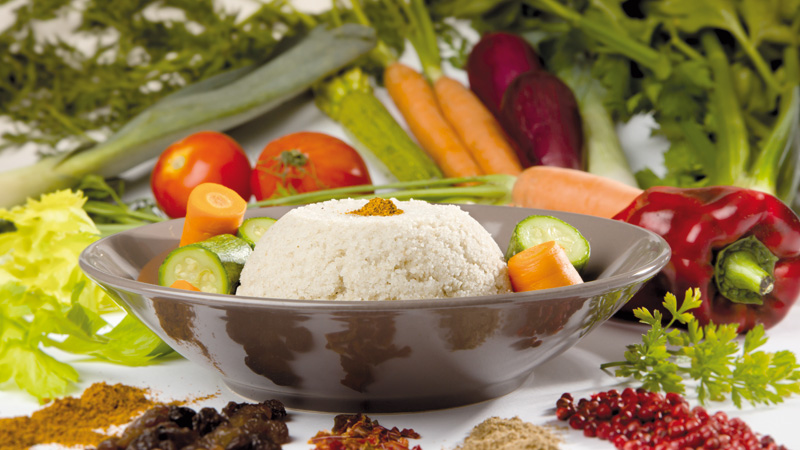

Emmanuelle Landais -
For centuries, women in West Africa’s cereal belt have relied on fonio, a small, nutty grain, to feed their families.
Now, Adja Aissata Aya Ndiaye, a farmer in Kedougou in southeastern Senegal, thinks fonio could become a staple across the continent, and eventually around the world.
“We want to take over the global market,” said Ndiaye, 62.
Over in New York, Senegalese chef Pierre Thiam has the same aim. He is on a mission to raise fonio’s profile at home and abroad, believing it can generate much-needed income for West African farmers hit by shifting weather patterns.
“Our goal is to make it possible for farmers to make a living growing fonio,” Thiam said.
Cultivated in Senegal, Ghana, Mali and other parts of the sub-Saharan region, fonio has been dubbed “the new quinoa” by superfood fans in the West.
Fonio fits the bill, as it is gluten-free, high in protein and amino acids, and very easy to cook.
Agriculture experts say the drought-resistant, fast-growing plant also has the potential to help ease hunger linked to the negative impacts of climate change.
But despite fonio’s benefits, most Senegalese farmers struggle to make money from the grain.
Fonio is less popular with local consumers than rice or millet, and while it is easy to grow, processing it can be laborious and costly.
In the face of those challenges, Thiam is working with SOS SAHEL, a Dakar-based non-profit focused on food security and nutrition, and a network of farmers like Ndiaye to get the grain onto plates all over the world.
EMBRACING THE GRAIN
Fonio already has a small but growing fan-base in the United States, mainly due to Thiam.
He has spent the last few years promoting West African cuisine through his work as a consultant chef and building an import market for fonio with the company he co-founded, Yolele Foods.
One of only a few importing fonio into the United States, Yolele took its first steps toward the mass market in 2017, when it made a deal with Whole Foods Market to stock the grain in some of its New York grocery stores.
A year later, Yolele started selling fonio online, and supplying restaurants and other retailers.
“When we walk into a restaurant and tell them we have a gluten-free grain that is light and fluffy and not quinoa, they buy right away,” Thiam said.
HARD LABOUR, HIGH COST
Compared with other crops like maize, fonio is well-suited to hot climates with unpredictable weather patterns.
Its highly developed root system makes it resistant to drought, and the plant matures quickly, making it a reliable crop for farmers unsure of when the next rains will come.
But before fonio can catch on in the West, farmers in Senegal need to overcome the obstacles that are stifling the domestic market, Thiam said.
While farmers have little trouble growing fonio, producing enough of the grain at export quality is a challenge, he noted.
And removing the grain from the husk is labour-intensive. Farmers usually chop down the hay-like stalks by hand and then stomp on them to release the grains, which are smaller than couscous.
During the process, sand often gets mixed in with the grains, and separating it out is a long, slow job.
Some villages have fonio de-husking machines, but they are expensive, costing around 140,000 West African francs ($247.50), said Ndiaye, the farmer in Kedougou.
The extra labour involved in producing fonio discourages many farmers, which limits supply and pushes up the price.
Farmers can make up to 600 West African francs per kilogramme selling fonio, more than twice what they can get for rice, experts say.
But the high labour costs, long processing time and lack of consumer interest mean fonio is not profitable for many Senegalese farmers, said Cheikh Gueye of the Fonio Farmers’ Network.
Most only grow enough to feed their families and make their living from other grains instead, Gueye said.
“There (used to be) 4,000 fonio farmers in Senegal,” he told the Thomson Reuters Foundation. “But currently only 1,500 are active because the rest gave up.”
— Thomson Reuters Foundation
Oman Observer is now on the WhatsApp channel. Click here



